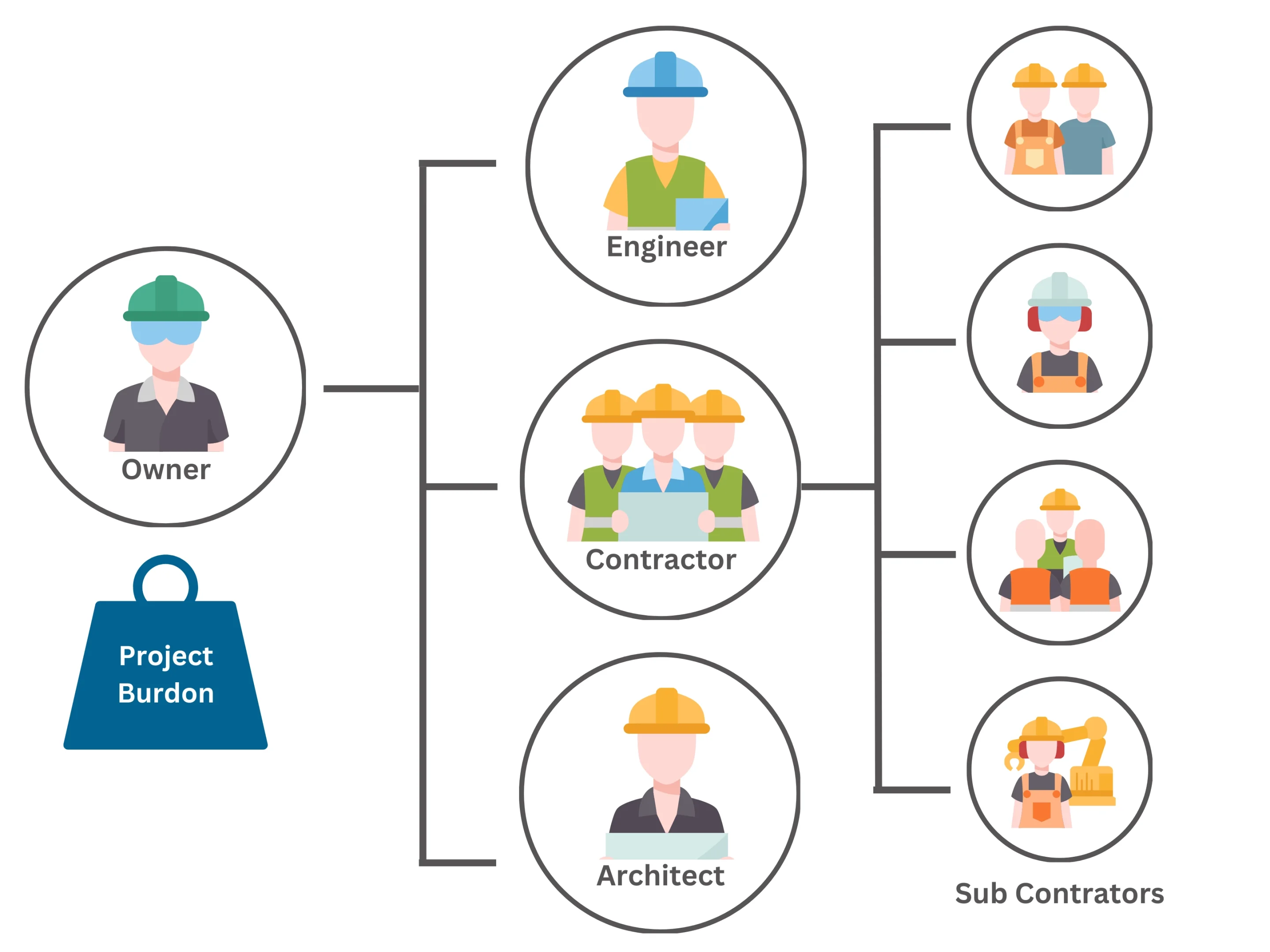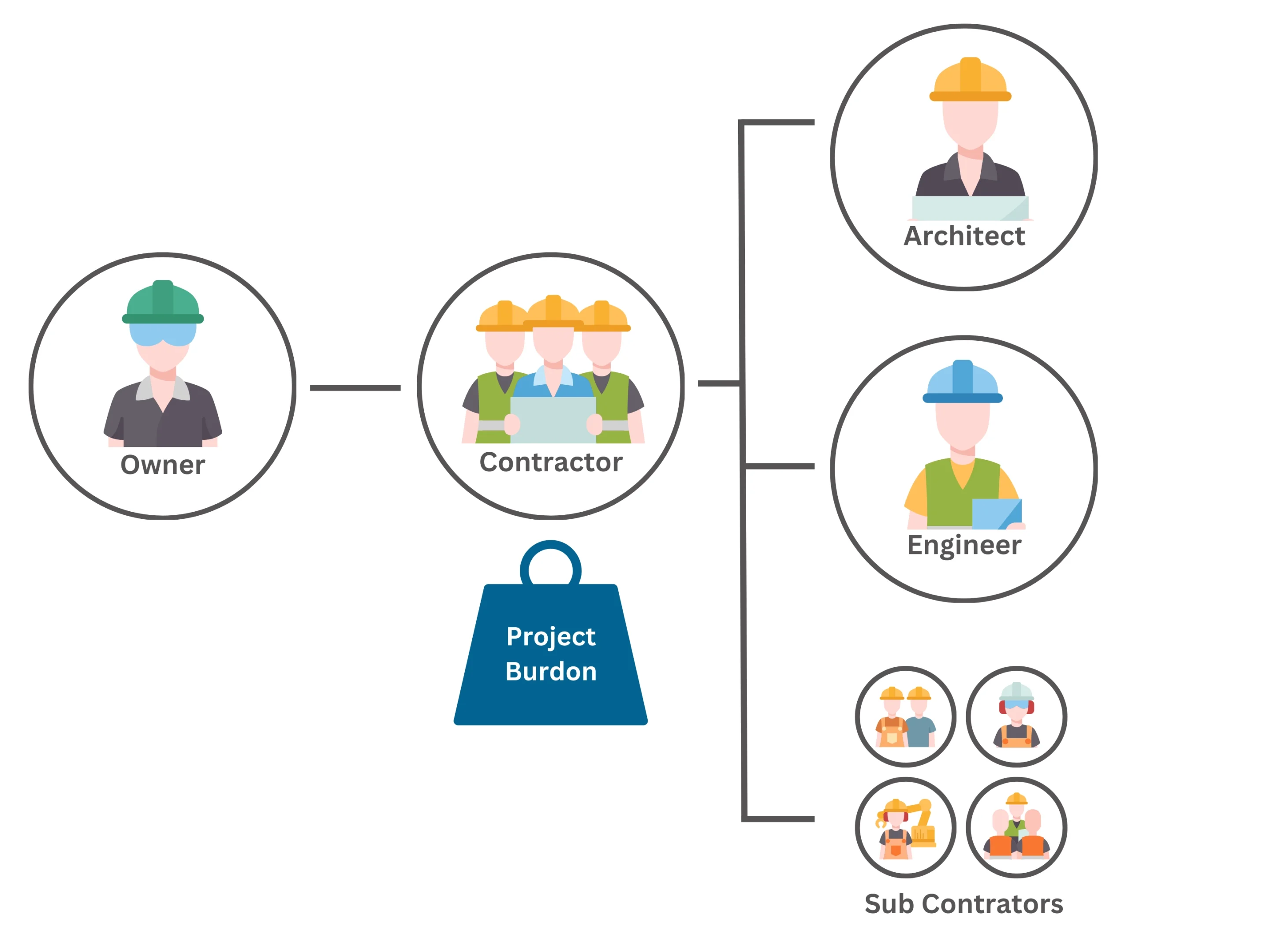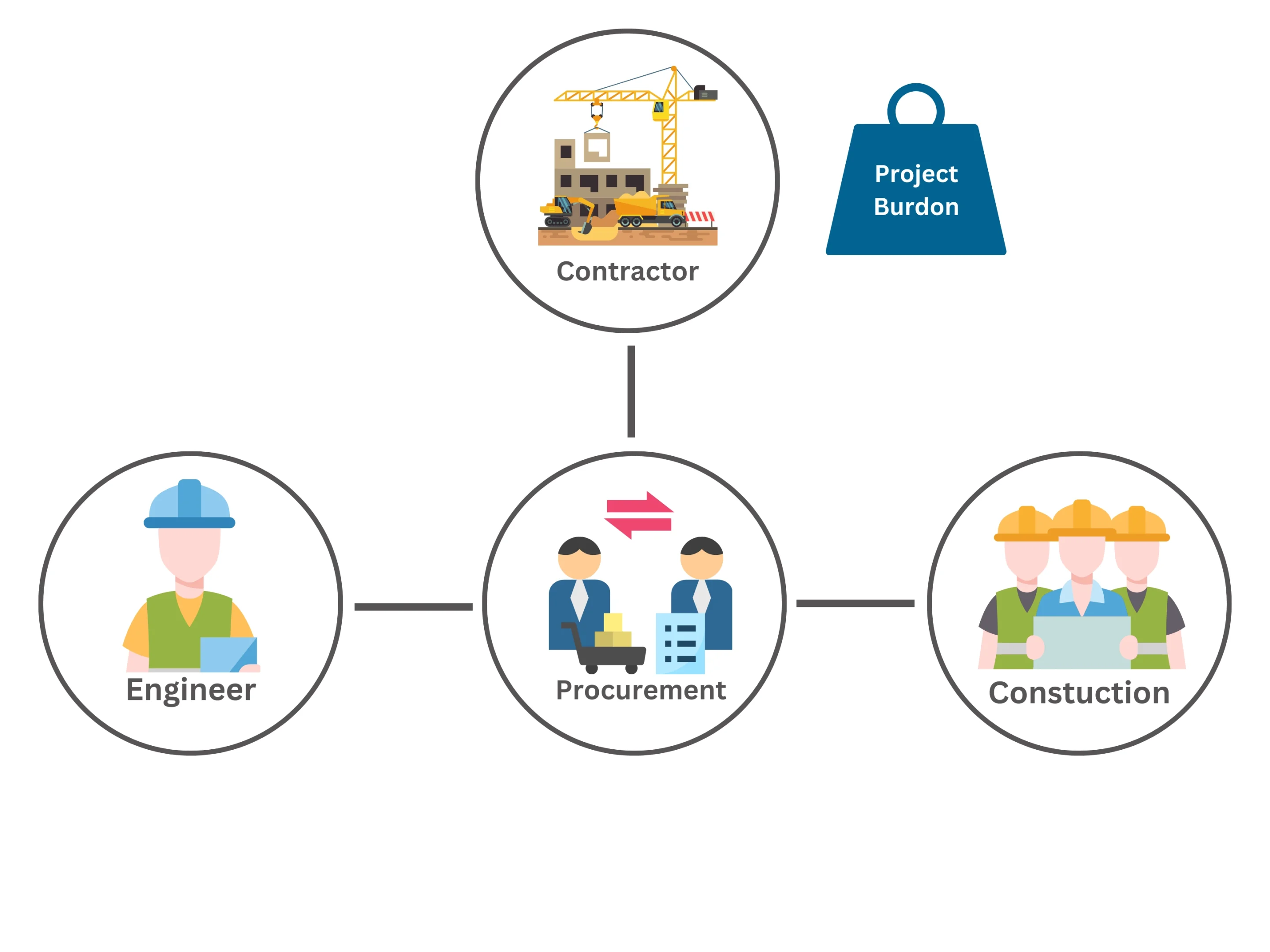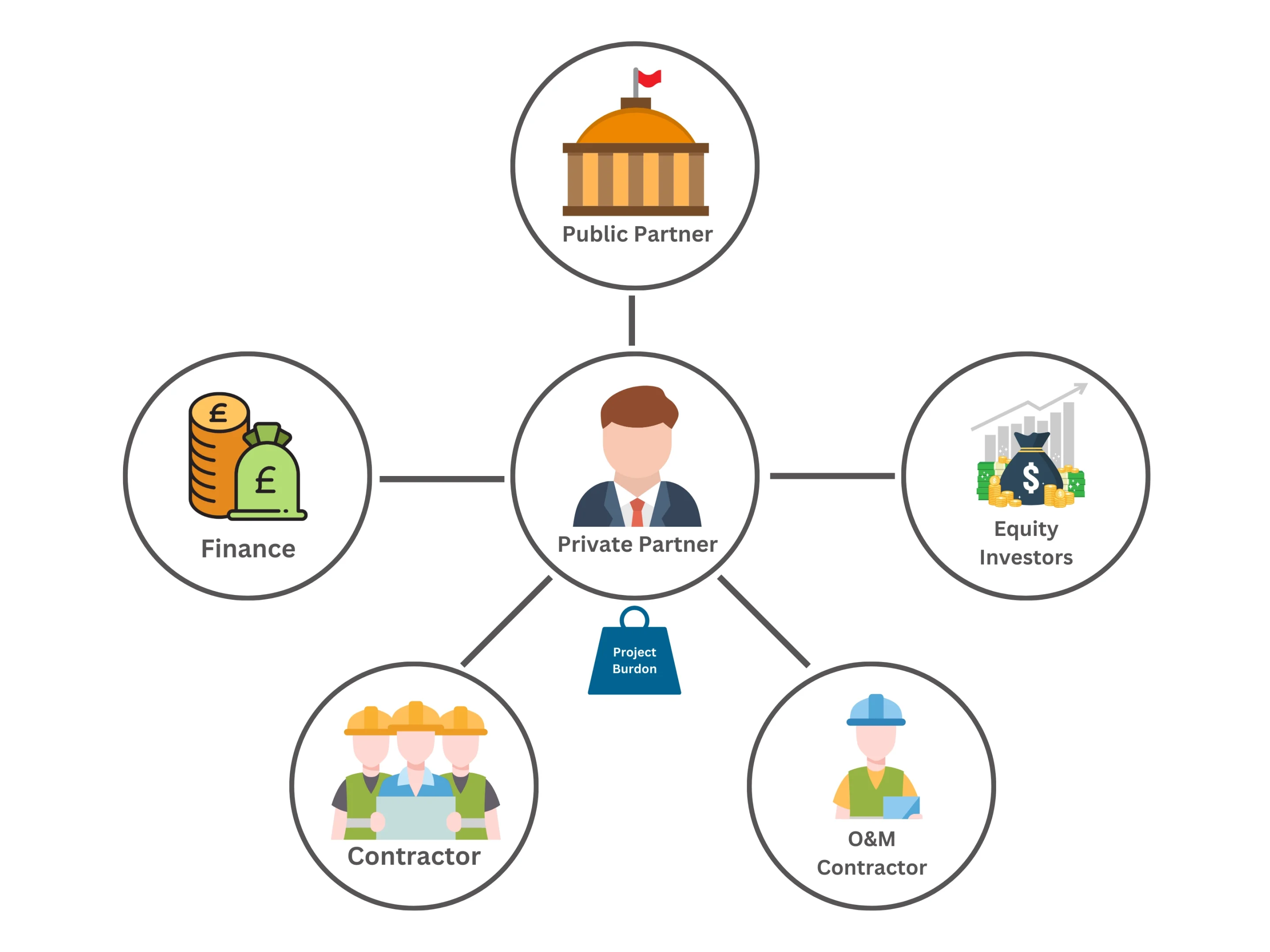Project Delivery Methods



Design and Build
Similar to the international model, in traditional design-build projects in the UK, a single contractor, known as the design-build contractor or design-builder, is responsible for both the design and construction phases of the project. This contractor may have an in-house design team or subcontract design services to architects and engineers.
Engineering Procurement and Construction (EPC)
While EPC contracts are more common in large-scale industrial projects in the UK, the principles can be applied to building construction as well. Under an EPC contract, the contractor handles engineering, procurement of materials and equipment, and construction. This often involves lump-sum contracts where the contractor bears the risk for cost overruns and delays.


Build Operate Transfer (BOT)
BOT models are less common in the UK construction industry but may be used for certain infrastructure projects. In a BOT arrangement, the contractor designs, builds, and operates the project for a defined period before transferring ownership to the client or a third party. This model is typically used for projects like toll roads, bridges, and utilities.
Public Private Partnership (PPP or P3)
PPP projects involve collaboration between public sector authorities and private sector entities for the design, construction, financing, and operation of public infrastructure. The private sector partner often assumes significant project risks in exchange for potential financial returns over the project’s lifecycle.

